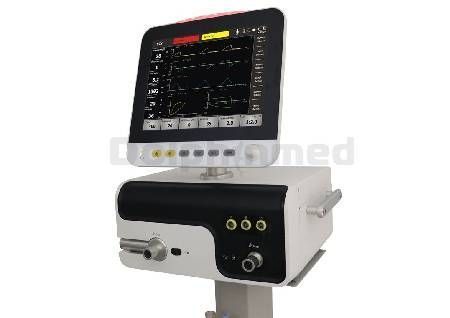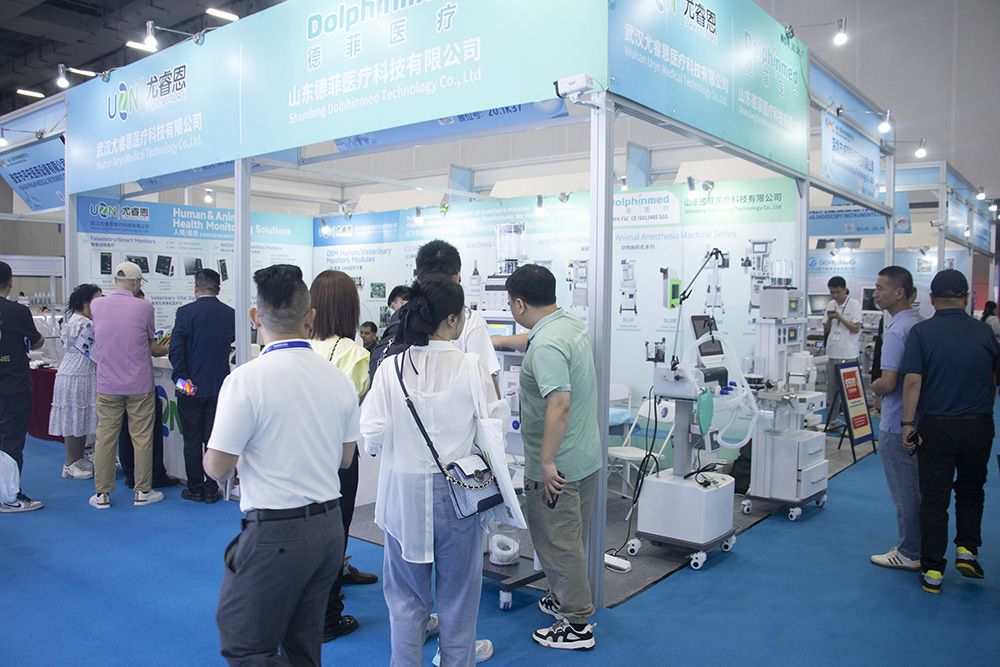How to Prevent Safety Hazards When Using the Ventilator?
As an Air Compressor ICU Ventilator Exporter, share it with you.
Ventilator is an important means for treating critically ill patients. It not only provides important respiratory support for patients with respiratory failure, but also helps critically ill patients to maintain reasonable ventilation and ventilation during the most dangerous period by reasonably simulating various respiratory functions of the human body. Function to gain valuable rescue time. However, once the wrong method is used and the management is improper, there will be great risks while treating the patient. In severe cases, it may even threaten the life of the patient. Therefore, use the ventilator safely and reasonably to understand the performance and related principles of the ventilator and strengthen the use and management.
ICU Ventilator
Common safety hazards during the use of ventilators
Excessive and viscous sputum suction is not timely or complete; there is bleeding in the airway itself or repeated sputum suction airway mucosal damage, bleeding causes the formation of blood crust in the tracheal tube; the airway is not humidified or not humidified enough, which leads to the tracheal tube or cannula Blockage; the tracheal tube or cannula is not firmly fixed, the patient does not pay attention to fixing the ventilator tube when the patient turns over, the irritable patient is not properly sedated and restrained, causing the catheter or cannula to fall out; short circuit of the electrical plug board, overload power failure, etc. make the ventilator Suddenly stop working; the ventilator is not synchronized with the machine; improper operation causes alarms, such as incorrect connection of the pipeline, improper parameter setting, etc.; too much water in the humidification tank or too much water in the collection cup but not dumped in time or improper placement of the pipeline and poor drainage If the water in the ventilator pipeline flows back into the airway, causing choking, infection or even suffocation; the ventilator alarm switch is not turned on or the alarm range is set improperly; the ventilator parameters or failures cause the alarm function to fail; the ventilator detection parameters are inaccurate; the safety valve If it is not opened, when there is human-machine confrontation and other reasons that make the internal pressure of the ventilation pipe too high, the high-pressure gas cannot be released, causing injury to the patient.
Management
Strengthen the safety awareness of nursing staff, train nursing staff to deal with emergency response. Emphasize the ventilator alarm handling procedure to play a warning role. Once a ventilator alarm occurs, it must be dealt with immediately, and the cause of the alarm must be quickly determined and eliminated. Avoid simply eliminating or resetting the alarm when the cause is not identified. If the fault cannot be identified and eliminated in a short period of time, it should be handled calmly. First disconnect the ventilator from the artificial airway, use a simple respirator to maintain the patient's breathing, and then overhaul the ventilator, and replace the ventilator if necessary.
Our company also has ICU Ventilator on sale, welcome to contact us.






 English
English  French
French  Chinese
Chinese  Spanish
Spanish 















